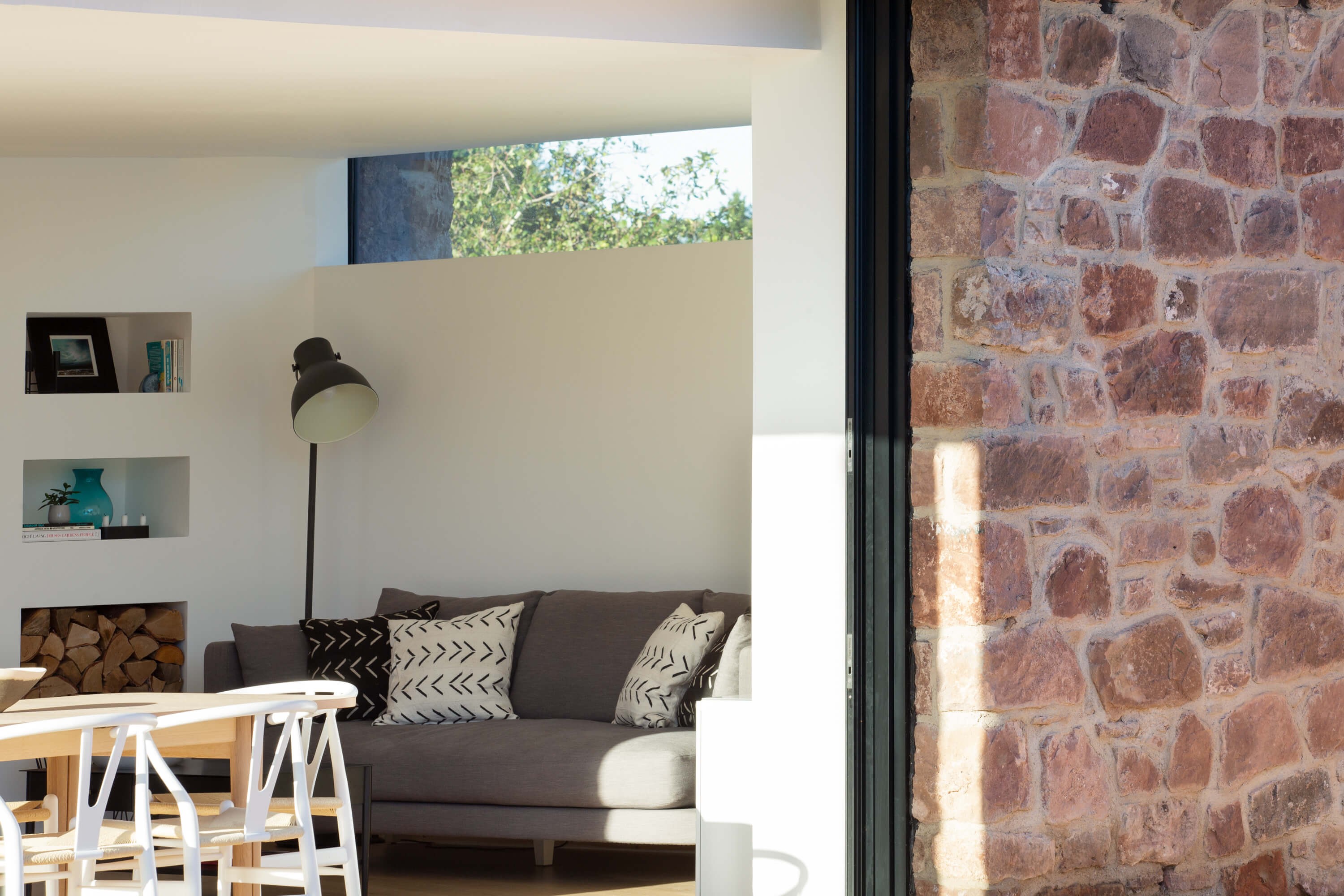Ottobre 2024
Referenza
Can Pep Xica


This former carpenter’s house – a category B-listed property with two walled gardens – was bought in the conservation village of Stenton, in a significant state of disrepair. Initially consisting of two bedrooms, a former workshop, a wash-house, and a kitchen in a 70s-built extension, we needed to bring the house into the 21st century.

The clients asked us to explore how the property could be changed into a four or five bedroom family home, promoting the existing underused spaces and connecting the main living areas to the walled garden. The original house had several flaws. The extension cut off all the living spaces from the garden. A failed repair attempt meant that the roof was in need of complete replacement. The out-buildings were entirely unused due to their unsafe floors.

Despite these flaws, the house and village displayed many of the attributes of classic East Lothian architecture, and its rich potential was immediately obvious – with the parged red sandstone rubble walls, the mix of ballachulish slate and red pantiles, crow-step gables, and conservation roof lights.

We engaged with planning and Historic Environment Scotland early on to ensure there was an accepted principle of what could change within the context of the existing condition, and how this lent itself to a piece of complimentary architecture.

We proposed a new extension so that the living areas had a closer relationship with the garden – with slender profile, large format glazing – to house the dining and living spaces. To make the sliding glazing disappear entirely into the cavity of the wall, we worked closely with engineers and product suppliers.

It was important to us that the new works were materially distinguishable from the existing house – and to touch the original building fabric with a degree of reverence – so the extension roof was formed in standing seam metal. We used a slot roof light to separate it from the original house’s gable, and a clerestory window meant the extension appeared to float above the original boundary wall to the allotments at the north of the property.
With sustainability in mind, the house was given an exceptionally high level of insulation throughout. While budget limited options for certain aspects of sustainability, we made sure the house was designed to facilitate future inclusion.


